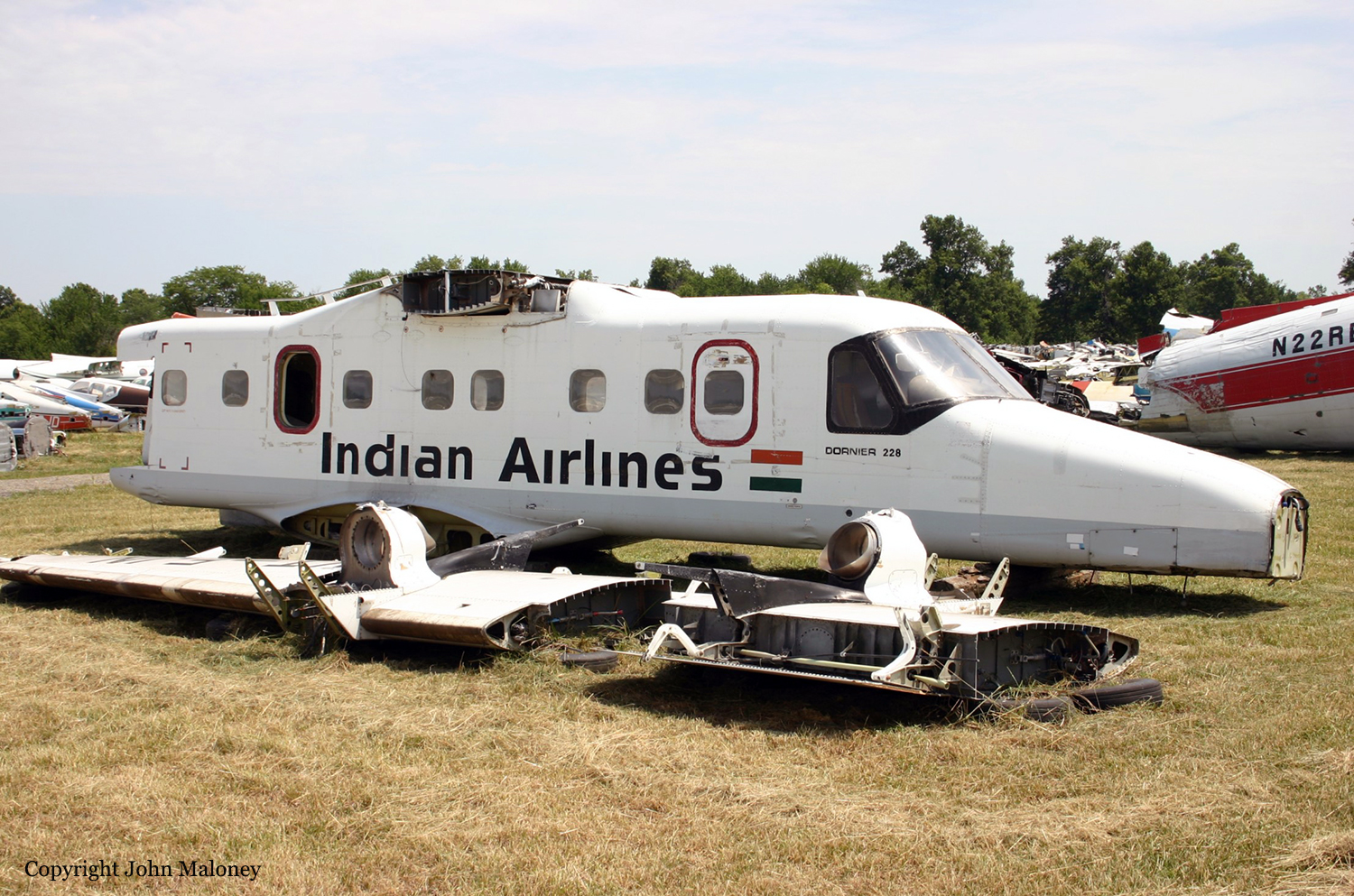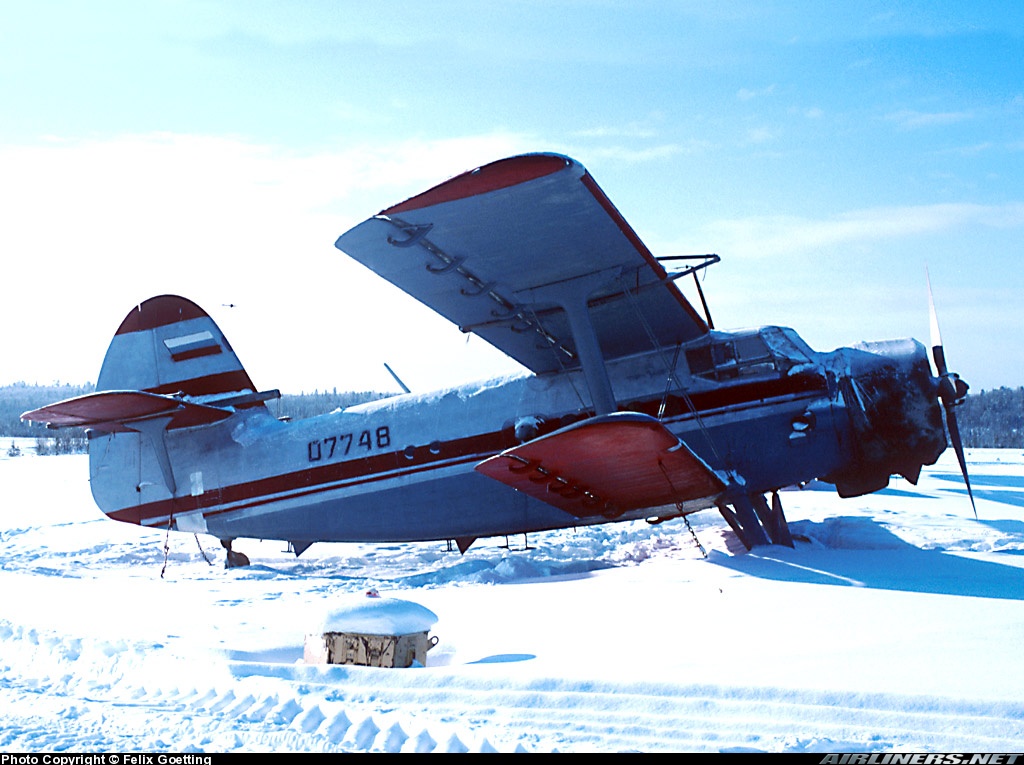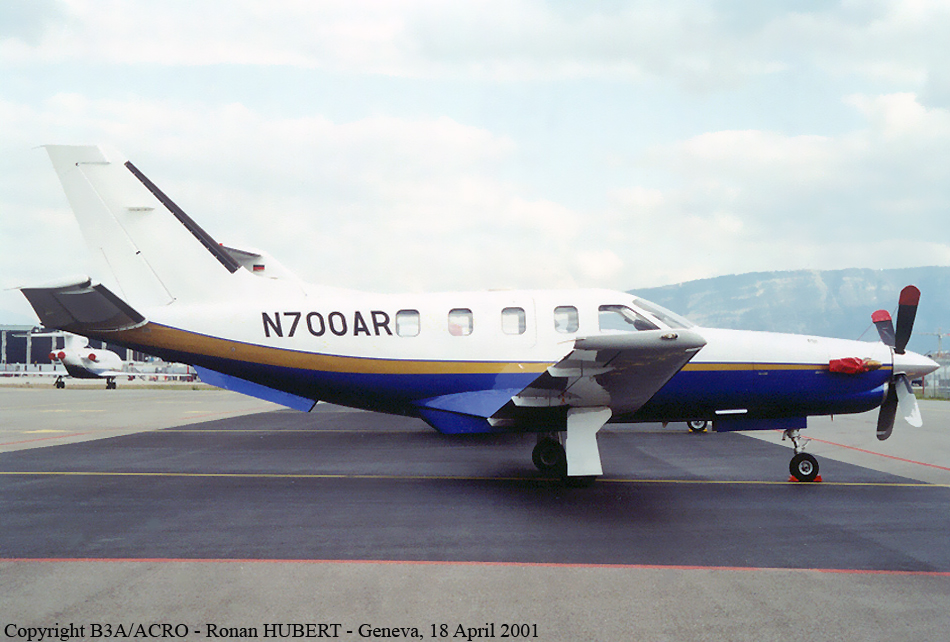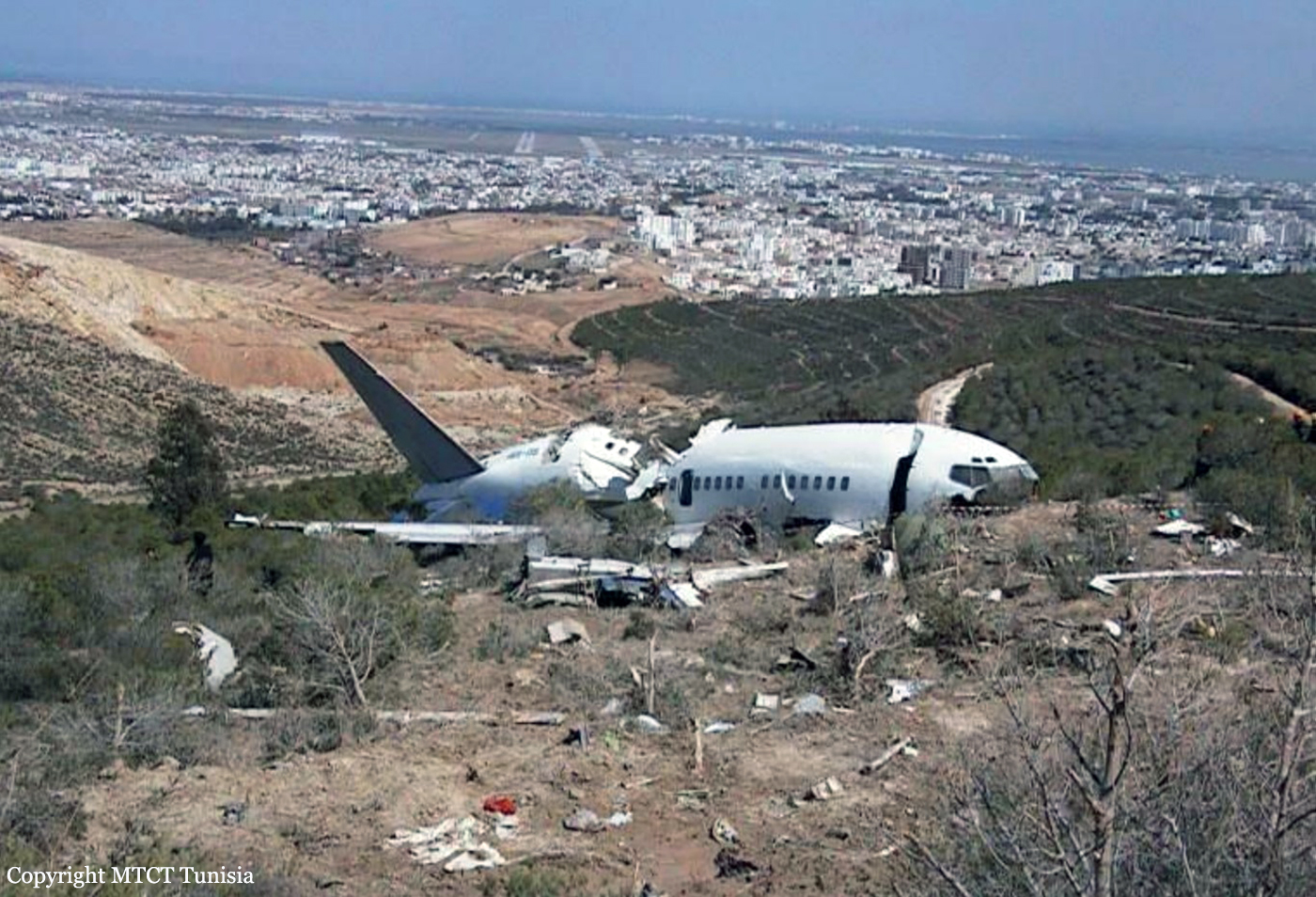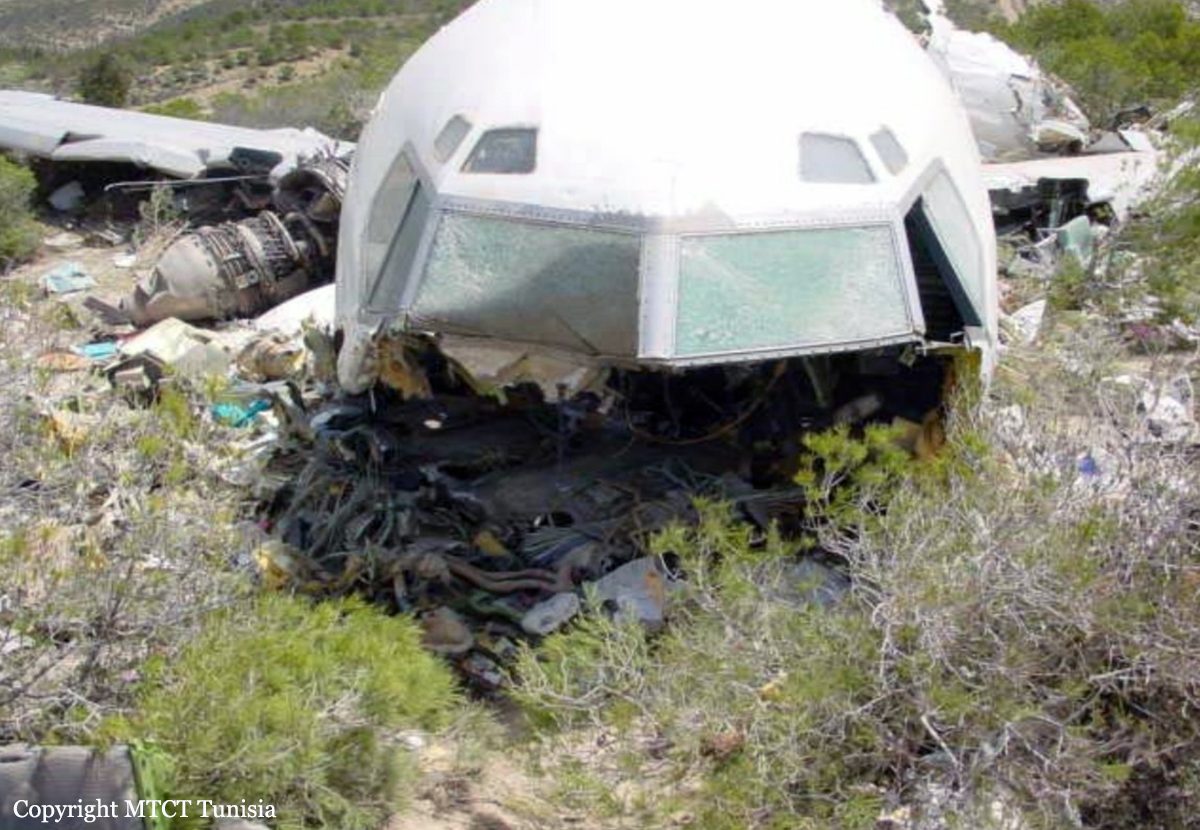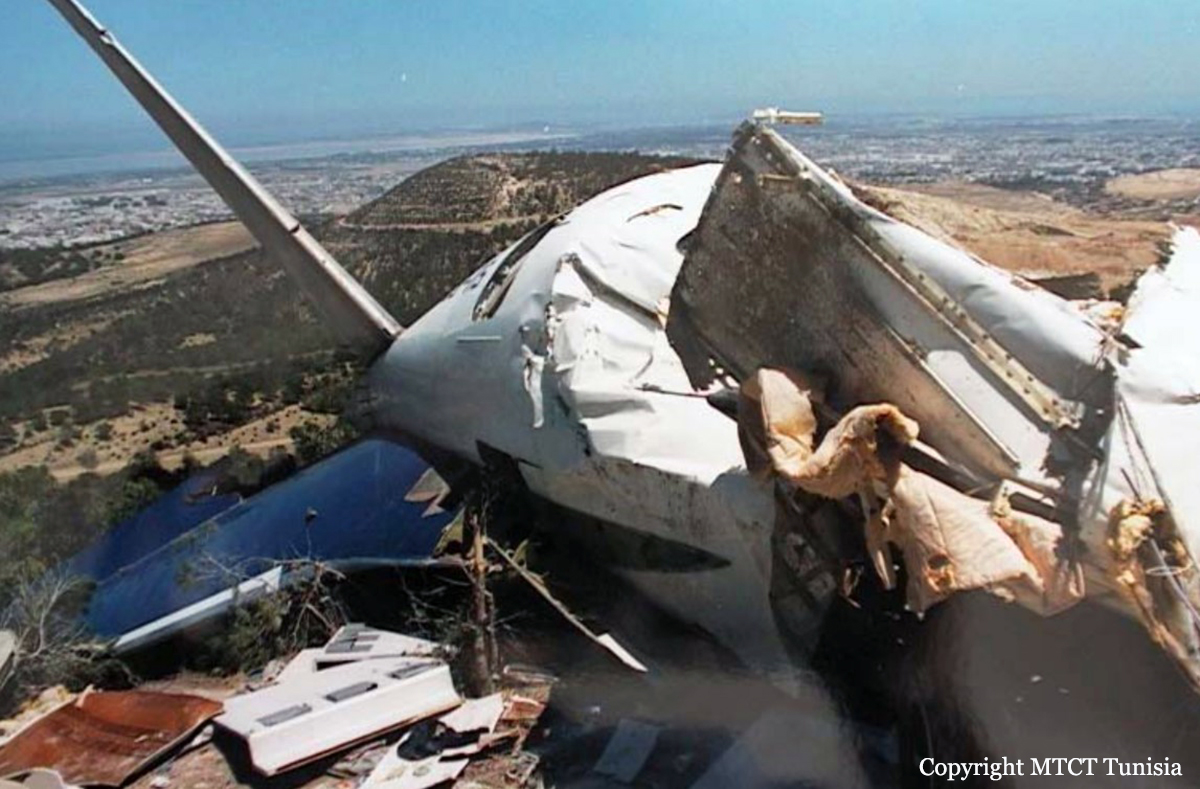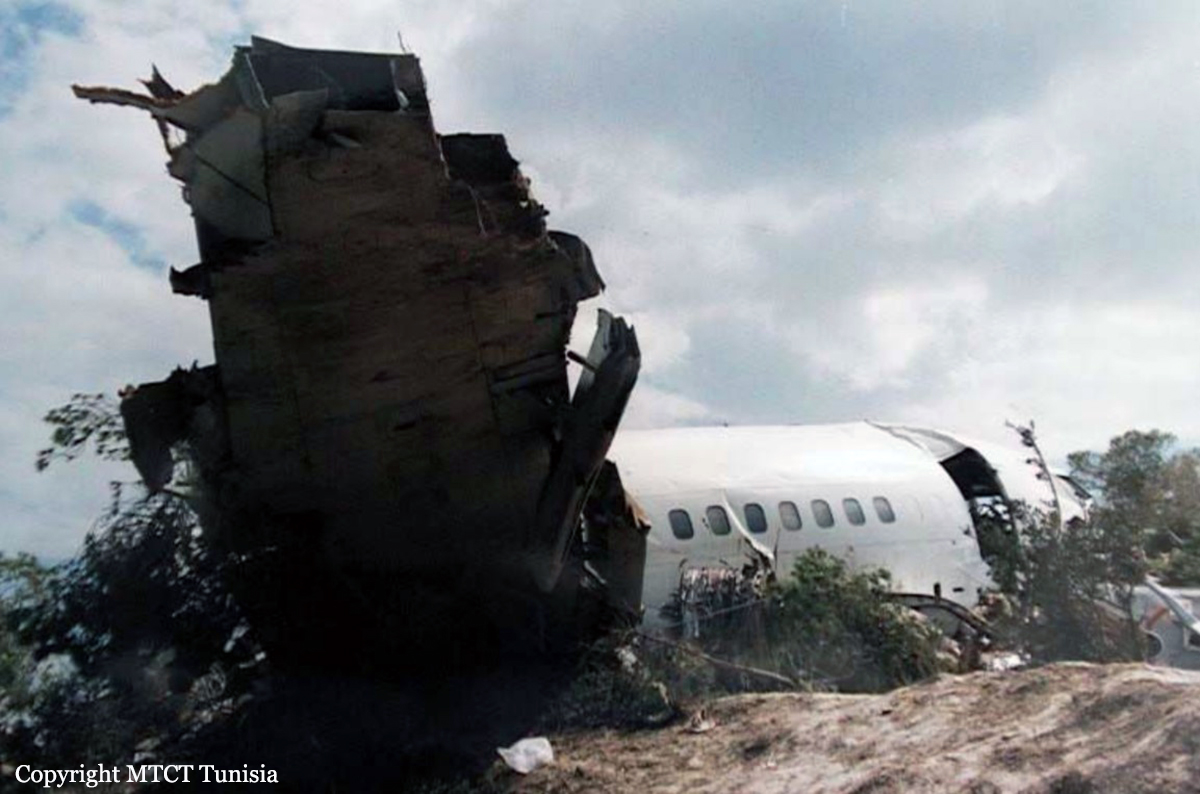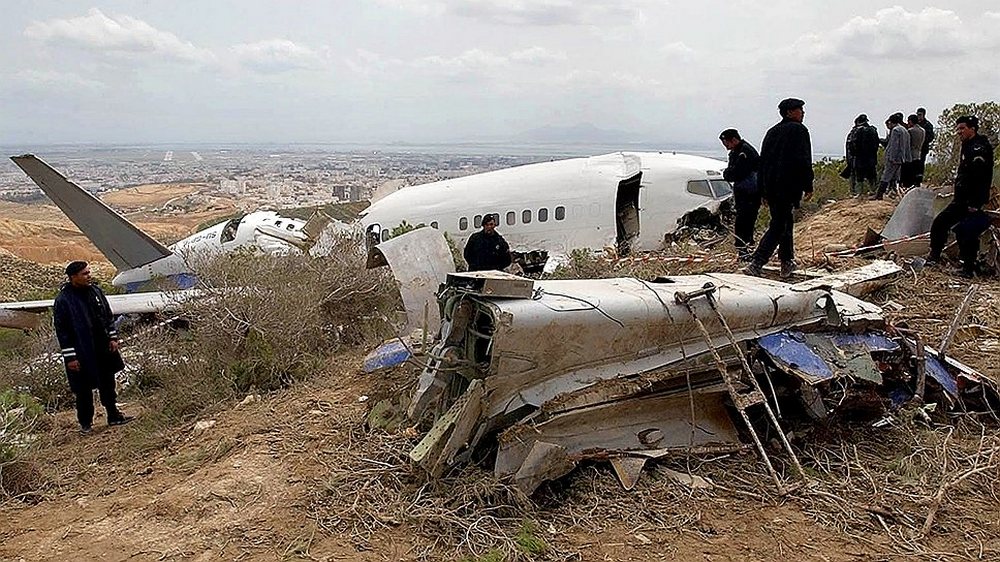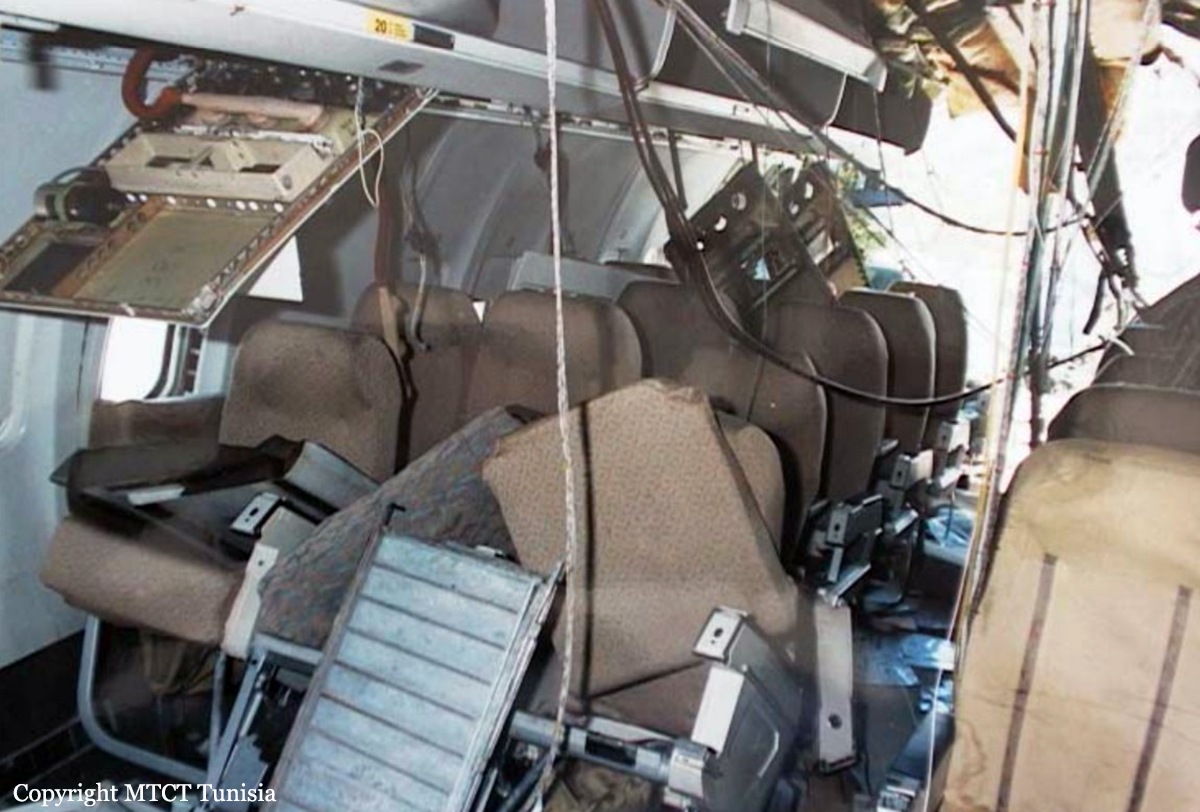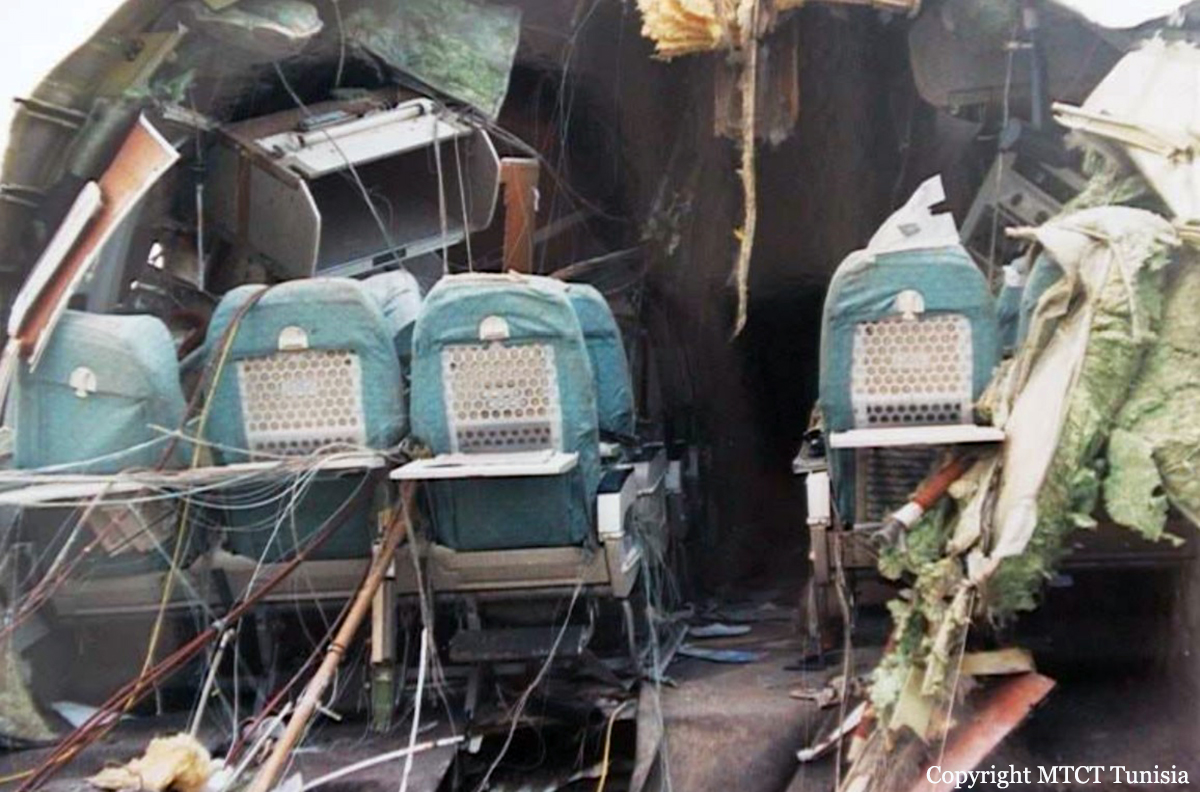Crash of a Fokker F27 Friendship 600 in Khartoum
Date & Time:
Jun 11, 2002 at 1830 LT
Registration:
ST-SSD
Survivors:
Yes
Schedule:
Khartoum - Khartoum
MSN:
10563
YOM:
1977
Crew on board:
2
Crew fatalities:
Pax on board:
0
Pax fatalities:
Other fatalities:
Total fatalities:
0
Aircraft flight hours:
19822
Aircraft flight cycles:
19349
Circumstances:
The crew was completing a local training flight at Khartoum-Haj Yusuf Airport. Following several touch-and-goes completed successfully on runway 18, the crew landed the airplane and elected to takeoff when the captain encountered difficulties to raise the flaps from 40° to 16,5°. In such conditions, he decided to reject the takeoff procedure and initiated an emergency braking manoeuvre. The aircraft skidded on runway, overran and lost its right main gear before coming to rest against the ILS antenna for runway 36. Both pilots escaped uninjured while the aircraft was damaged beyond repair.






